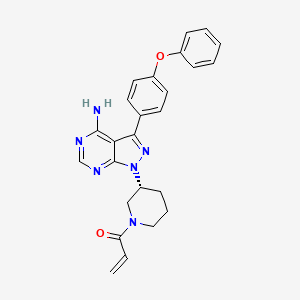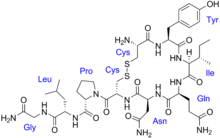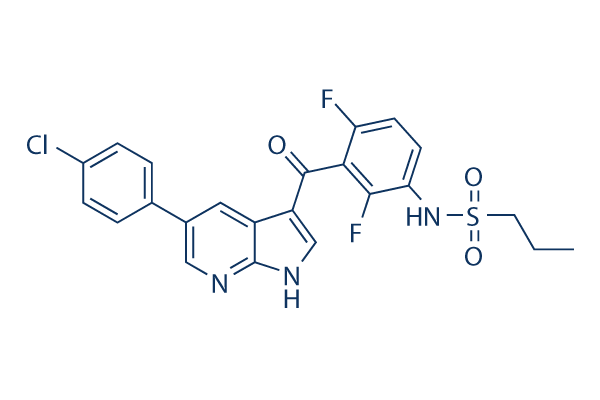
In continuation of my update on tofacitinib
Pfizer Inc. announced that the United States (U.S.) Food and Drug Administration (FDA) approved Xeljanz (tofacitinib) 10 mg twice-daily (BID) for at least eight weeks, followed by Xeljanz 5 mg BID or 10 mg BID, for the treatment of adult patients in the U.S. with moderately to severely active ulcerative colitis (UC).“Ulcerative colitis is a chronic inflammatory bowel disease that can significantly impact the lives of patients and has limited therapeutic options available,” said Michael Goettler, Global President, Inflammation and Immunology, Pfizer. “With the FDA approval of Xeljanz, adults living with moderately to severely active UC now have an oral option that may help achieve and maintain steroid-free remission.”
Xeljanz is indicated for the treatment of adult patients with moderately to severely active UC. Use of Xeljanz in combination with biological therapies for UC or with potent immunosuppressants such as azathioprine and cyclosporine is not recommended.1
This approval was based on data from three pivotal Phase 3 studies from the Oral Clinical Trials for tofAcitinib in ulceratiVE colitis global clinical development program (OCTAVE Induction 1, OCTAVE Induction 2 and OCTAVE Sustain), and OCTAVE Open, an ongoing open label long-term extension study. Data from all three pivotal Phase 3 studies met their respective primary endpoints, showing a statistically significant, greater proportion of patients in remission at week 8 in the induction studies and in remission at week 52 in the maintenance study in patients with moderately to severely active UC treated with tofacitinib compared to placebo. Remission was defined as a Mayo score of 2 points or lower, with no individual subscore exceeding 1 point, and a rectal bleeding subscore of 0.i Full results from OCTAVE Induction 1, OCTAVE Induction 2 and OCTAVE Sustain were published in the New England Journal of Medicine in May 2017.
“The FDA approval of Xeljanz is positive news for the ulcerative colitis community, a patient population that can often encounter frequent and debilitating disruptions to their daily lives,” said William J. Sandborn, MD, Chief, Division of Gastroenterology, Professor of Medicine at the University of California San Diego School of Medicine and OCTAVE study investigator. “Xeljanz provides people living with ulcerative colitis and their prescribing physicians with a new oral treatment option.”
Risks observed in the UC clinical program include serious infection, including herpes zoster and opportunistic infections, malignancies (including non-melanoma skin cancer [NMSC] and lymphoproliferative disorders), gastrointestinal perforation and laboratory abnormalities. There was no discernable difference in frequency of gastrointestinal perforation between the placebo and Xeljanz arms in clinical trials of patients with UC, and many of the trial participants were receiving background corticosteroids.
Dose-dependent adverse reactions seen in patients treated with 10 mg BID, in comparison to 5 mg BID, include the following: herpes zoster infections, serious infections, and NMSC.
“What works for one ulcerative colitis patient may not work for another and some struggle with ongoing symptoms. That is why it is so critical that our patients have different treatment options available to them,” said Michael Osso, President & CEO of the Crohn’s & Colitis Foundation. “We are thrilled to have this new treatment option available to ulcerative colitis patients. Every new treatment provides new hope to our community.”
Pfizer Announces U.S. FDA Approves Xeljanz (tofacitinib) for the Treatment of Moderately to Severely Active Ulcerative Colitis






